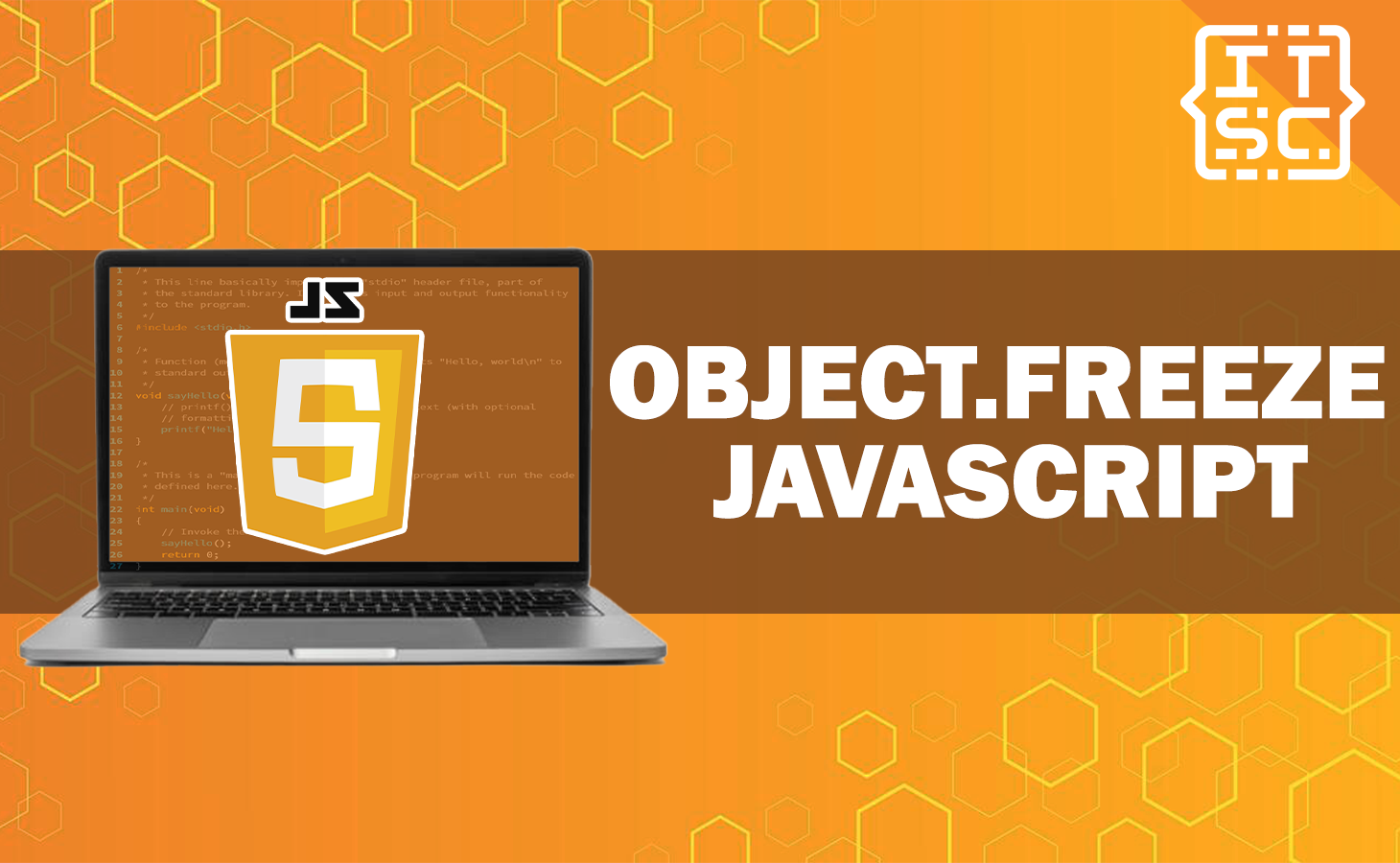JavaScript provides multiple methods to obtain immutability, and one of the most well-known is Object.freeze().
In this article, we will discuss the concept of Object.freeze() in JavaScript, understand its purpose, and explore the example codes to showcase its functionalities.
What is object.freeze?
Object.freeze() is a built-in function in JavaScript that enables developers to make immutable objects.
Once an object is frozen using this method, its properties become read-only, and no new properties can be added to it.
Additionally, existing properties cannot be deleted or changed.
How to Use Object.freeze()?
Using Object.freeze() is easy. You commonly need to call the method with the object you want to freeze as its argument:
const person = {
name: "Jude",
age: 24,
};
Object.freeze(person);Now, person is immutable, and any attempt to change it will be ignored silently, or in strict mode, it will throw an error.
The Benefits of Using Object.freeze()
Immutability Ensures Data Integrity
By freezing objects, you can avoid accidental modifications, assuring the integrity of your data.
In collaborative projects, where multiple developers work on the same code, immutability decrease the danger of unexpected side effects.
Performance Optimization
Immutable objects are useful for performance optimization, specifically in scenarios where similar data is accessed frequently.
Since immutable objects cannot be modified, JavaScript engines can optimize memory allocation and caching.
Possible Difficulty of Object.freeze()
Shallow Freeze
Object.freeze() executes a shallow freeze, meaning that only the top-level properties of the object become immutable.
If the object consists of nested objects, the properties of those nested objects are still mutable.
Non-strict Mode Errors
In non-strict mode, try to change a frozen object is not clearly rejected, and the changes fail silently, which can lead to exquisite bugs that are hard to diagnose.
It is recommended to use strict mode to catch these errors during development.
Examples of Object.freeze() Usage
Let’s discuss some practical examples of how Object.freeze() can be used to create immutable objects in JavaScript.
Example of Immutable Configuration Object
Assume that you have an application with different configurations that should remain consistent.
You can use Object.freeze() to make an immutable configuration object:
const config = Object.freeze({
apiUrl: "https://api.example.com",
maxRequestsPerMinute: 100,
});
Now, config will always hold similar values throughout the application’s duration.
Example of Immutable Constants
In many applications, expected values requires to be treated as constants to prevent accidental modifications.
Object.freeze() can help to obtain this:
const valuePI = 3.14;
Object.freeze(valuePI);Example of Avoiding Accidental Changes
You can use Object.freeze() to protect precise data or critical objects from accidental modifications.
const person = {
username: "Jude",
role: "Administrator",
};
// Prevent accidental changes to the user object
Object.freeze(person);
FAQs
When you try to modify a frozen object, in strict mode, the changes will be rejected, and an error will be thrown. In non-strict mode, the changes fail silently, and the modifications are ignored.
While Object.freeze() makes the top-level properties of an object immutable, it performs a shallow freeze. Nested objects within the original object will remain mutable.
No, once an object is frozen using Object.freeze(), it cannot be unfrozen or made writable again. You would need to create a new object with the desired changes.
Conclusion
In conclusion, Object.freeze() is a powerful method in JavaScript that enables developers to create immutable objects.
By freezing objects, you can ensure data integrity, optimize performance, and avoid accidental modifications.
However, it is important to be mindful of its limitations, such as shallow freezing and non-strict mode behavior.
By understanding how to use Object.freeze() effectively and considering its best use cases, you can apply its benefits to write powerful and reliable JavaScript code.

